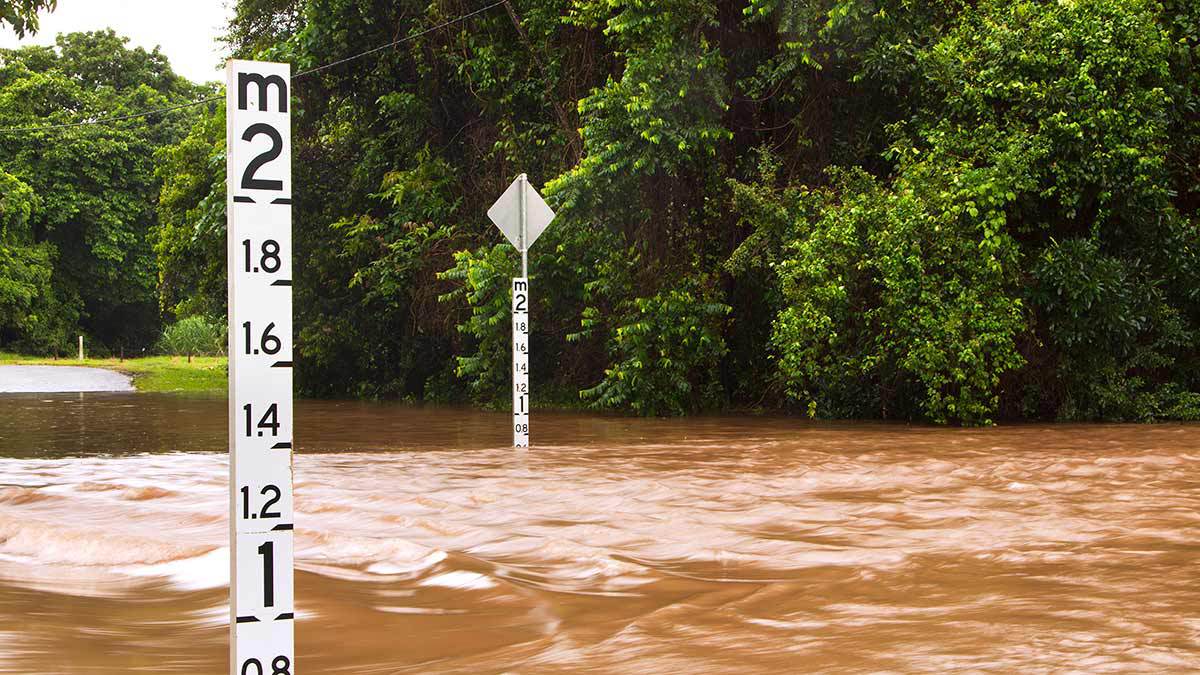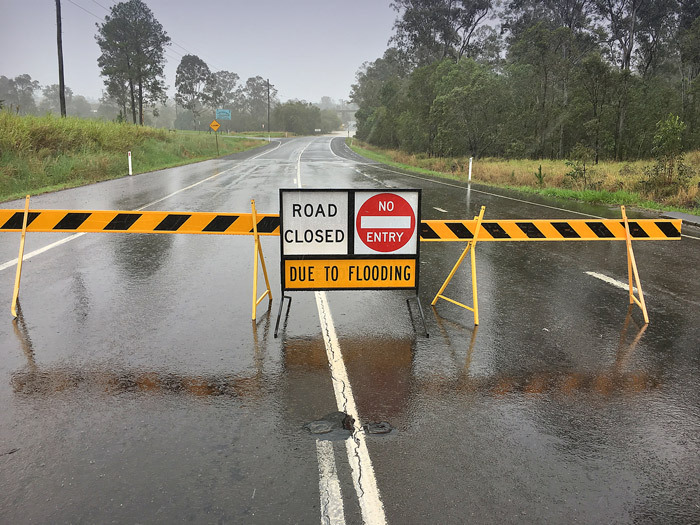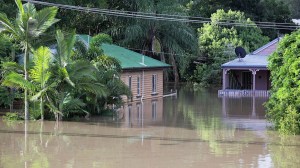
Home insurance for floods

Need to know
- Flood has a standard definition, so your cover will be the same no matter which insurer you're with
- Each insurer calculates your risk differently, so shop around for a better premium
- Make sure your insurance is flood-ready before the storms hit
Due to the climate crisis Australia is experiencing more intense storms and cyclones. Not only are our homes at risk from extreme weather events, many of us are at greater risk of flood as a result.
The Australian Red Cross and your local State Emergency Service has information on preparing your property for flood, but we can help you make sure you aren’t left financially ruined if your home goes under.
Compare more than 50 home insurance policies from across the market to help you find the right cover for your building and contents. Our comparison includes policies offered by NRMA, GIO, QBE, Budget Direct, Youi and more. Unlike other insurance comparison websites, we’re completely independent and don’t get paid by any of the insurers we’re comparing.
printer reviews rated and reviewed
How much does flood cover cost?
Because home insurance is risk rated, the amount you pay is related to how at risk of flood your insurer thinks you are. If you live in an apartment in the city, the flood cover component makes up a miniscule portion of your premium – but if your house is a block away from a river then you can expect to pay hundreds of dollars a year extra for cover.
Insurers used to calculate risk on a postcode basis, but are now shifting to granular, address-level analysis. Each insurer uses different methods and data sources, which means their assessment of your risk (and your premium) will vary from others.
Does my home need flood cover?
That’s up to you. Your local council will be able to direct you to resources to help determine your flood risk. Some have online flood awareness tools, such as this one from the Brisbane City Council.
One in 100
The chance of a flood occurring “once in 100 years” is commonly used to designate an area as having an acceptable risk for planning purposes. However, the Office of the Queensland Chief Scientist points out that this measure can be misunderstood.
If the flood risk of your home is deemed “once in 100 years” and you were flooded yesterday, it doesn’t mean that you won’t be flooded for another 100 years. You actually have a 1% chance of flooding in any given year but this probability compounds for every year that you haven’t had a flood. If you live in a “once in one hundred year” flood area for 70 years, the chance of having a flood in that period actually increases to 50%.
Waiting periods
Don’t wait until it’s already raining to sort out your insurance. Many insurance policies come with waiting periods for flood, usually 48–72 hours. You’ll have to serve this waiting period if you weren’t previously insured, are upgrading your cover or increasing your sum insured amount.
‘Action of the sea’, which broadly encompasses tidal and wave damage, is usually excluded
For example, if your policy has waiting periods and you increase your sum insured from $500,000 to $550,000, that extra $50,000 won’t apply to flood cover until the waiting period ends.
Generally you don’t have to serve a waiting period if you enter a contract to buy the house or you move in as a renter on the same day you buy home insurance. Likewise if you’re switching from one insurer to another with no change in sum insured. Rules vary from insurer to insurer. Compare home and contents insurance.
What about other types of water damage?
Home insurance covers several other water-related events, such as storm, cyclone, rainwater runoff and “escape of liquid” (an insurance term that includes things like burst pipes). In almost all policies these are included by default although, unlike flood, insurers can define these events how they like. This means that what one insurer covers, another might exclude, so check the fine print.
Storm surge, where the sea rises above its normal tidal level during a storm or cyclone, is often not covered, or might only be covered under certain conditions. “Action of the sea”, which broadly encompasses tidal and wave damage, is usually excluded.

After a flood
Contact your insurer as soon as practicable. If necessary they’ll send someone to do initial make-safe repairs to prevent further damage. When it’s safe to do so, take photos of all your damaged property. This will help with your claim. Don’t throw anything away unless it is a hazard.
Once you make a claim, the insurer will appoint a loss adjuster to assess the damage. If your claim is accepted the insurer will arrange for a repairer to write up a scope of works, which will detail the list of repairs to be done and the cost.
Most insurers we compare will consider a quote from your chosen repairer. However, they may veto it if the quotes from their preferred suppliers are lower.
If your house is a total loss and needs to be completely rebuilt, the insurer may offer you a cash settlement up to your sum insured amount. Depending on your insurer, you might not have a choice as to how claims are settled. You might be offered store credit at an insurer’s preferred supplier instead of a cash settlement for a contents claim.
What happens if my home is uninhabitable?
Almost all home insurance policies include cover for temporary accommodation after an insured event, if your building or contents are too damaged for you to stay at home. This could mean a hotel for a couple of nights, or longer-term rental accommodation.
This benefit is usually capped at either 10–20% of your sum insured, or 12–24 months’ rent at a similar property. For renters with contents insurance, usually only the cost of any additional rent over and above what you normally pay will be covered.
Insurers also usually cover storage costs for undamaged contents, if they can’t be stored at your home or temporary accommodation. On top of this, many insurers cover $500–$2000 of the cost of replacing refrigerated food and medication that is spoiled due to an insured event. Check your policy document as there is a lot of variation in the details.
Preparing your insurance for floods
- Keep a copy of your insurance documents in your evacuation bag.
- Make sure your home insurance covers flood. Check your certificate of insurance, or simply call your insurer and ask.
- Make sure your sum insured amount is high enough to replace your home and all your belongings. Most insurers automatically increase this every year, but it pays to do your own assessment. Treat your insurer’s calculator with a grain of salt and consider getting an estimate from a builder.
- If you live in an older home, find out what extra costs might apply if you have to rebuild to new construction standards.
- Use a cloud storage service to store digital copies of receipts and photos of your contents.
Related




